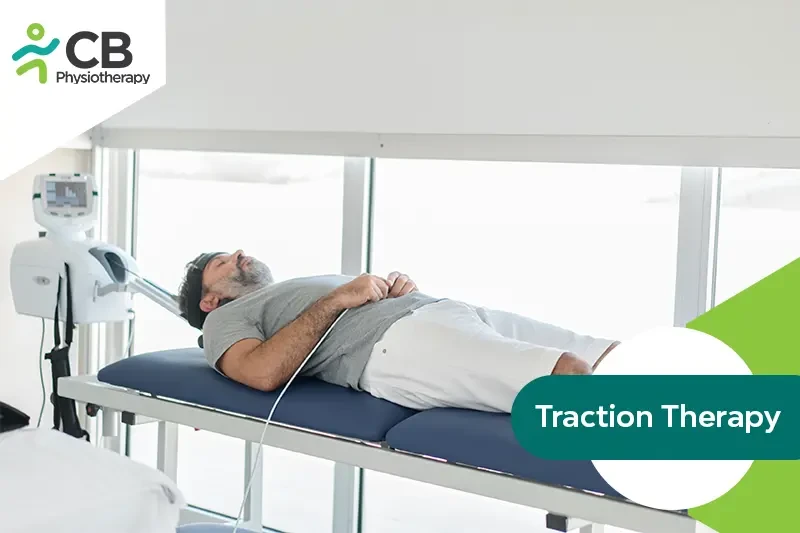
Spinal traction therapy can be administered manually or mechanically, depending on your need.
1: Manual Traction:
In manual spinal traction, a physical therapist uses their hands to put people in a state of traction. Then they use manual force on the joints and muscles to widen the spaces between vertebrae. The period of traction generally doesn’t last very long. Manual traction sounds quite scary however it is a safe treatment option that can be effective for certain conditions.
2: Mechanical Traction:
The specialized treatment technique of mechanical traction uses devices that work by stretching the spinal vertebrae and muscle. Mechanical traction allows for continuous or intermittent stretching on a traction table while combining heat, vibration, and/or massage. These tables can use computer-based systems to apply exact amounts and/or variations of pressure. Mechanical traction is, however, not appropriate for patients with serious bone conditions such as osteoporosis, osteomyelitis, and bone cancer, or with heart disease and spinal cord diseases. It is also not appropriate for those with spinal fractures or arthritis. This type of treatment should only be considered following careful examination and diagnosis, and professionally supervised by a licensed physical therapist or doctor to ensure effectiveness and safety
A disc is a circular structure that sits between each vertebra in the spine. It has a tough outer layer surrounding soft inner tissue. When a disc is under pressure and damaged, the tough outer layer is damaged and the soft inside protrudes through the gap. This protrusion compresses nearby nerves causing pain. Traction pulls the vertebra away from the disc, releasing the pressure on the disc. This assists the soft part of the disc to return within the disc. This decompresses the nerve and reduces pain. This also helps to rehydrate the disc. Traction relieves pressure on the spine and alleviates pain. Cervical traction and lumbar traction are similar, but they have a couple of key differences: with cervical traction, a gentle force is used to stretch or pull the head away from the neck. With lumbar traction, a gentle force is used to gently gap the pelvis from the lower back. Both of these methods are useful in manipulating the spine and providing relief.
Select your City to find & connect with our experts regarding Physiotherapy for Traction Therapy